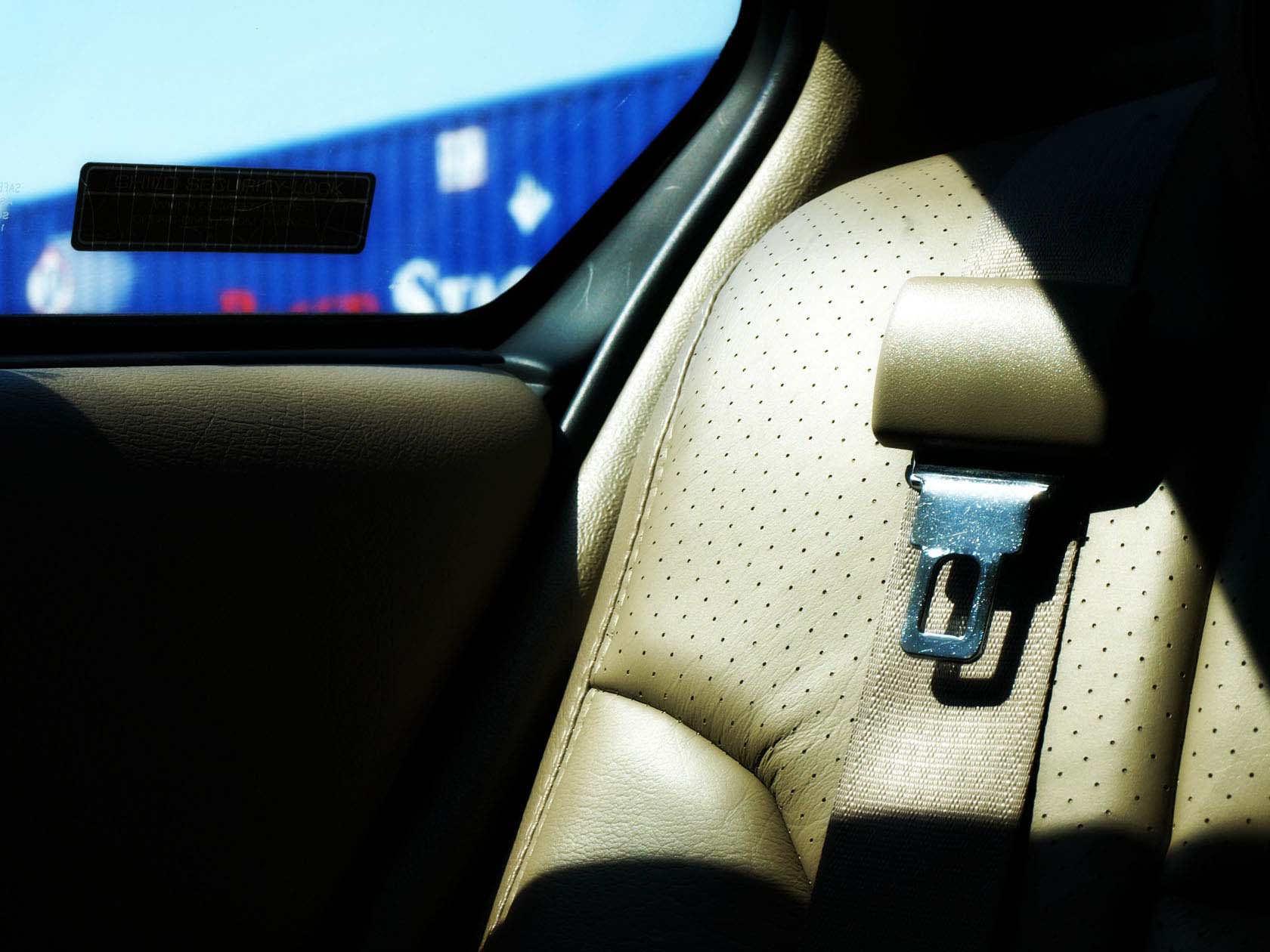
As part of an ongoing campaign to encourage wider use of seat belts in Qatar, the state’s Ministry of Interior (MoI) has this week launched a hard-hitting short film with the title Which belt do you prefer?
After opening with the main question, the 24-second clip, which is running on the MoI’s Facebook page, then asks “This one…”, showing a man in a thobe clicking in his car seat belt. It then cuts to the line “…or this one”, and features two paramedics strapping a person who appears to have been involved in a traffic accident onto a stretcher.
https://www.facebook.com/moigovqatar.en/videos/841534932611870
The short but thought-provoking film has already had hundreds of shares and likes, and attracted comments in multiple languages on its page.
This is the second, powerful road safety film launched by Qatar authorities in the last three months, as part of the wider, national One Second campaign, which aims to change habits among drivers and passengers here to reduce the number of people injured and killed on Qatar’s roads.
In July, Qatargas, in conjunction with the MoI, broadcast a 30-second commercial “Did you get the message?“, which was directed at trying to stop motorists from using mobile phones while driving.
This film showed a young man texting while driving his car along the Corniche, before appearing to crash into the vehicle in front.
Qatar has for years battled with trying to improve its road safety record, and as the population continues to soar, the figures aren’t getting any better.
Road deaths
In the Ministry of Development, Planning and Statistics’ monthly report for July this year, 20 people were killed as a result of traffic accidents. That’s up 33 percent on the same month the previous year, although down 9 percent on the figures for June this year.

At least some of the change could be reflected on an earlier Ramadan this year, encouraging more people to stay in town for more of the month.
January was one of the worst months this year for road fatalities, with 31 people killed.
Although it became law in Qatar in 2007 for drivers and front-seat passengers to wear seat belts, there is still a reluctance to do so, particularly among young people.
In a 2012 observational study of young drivers (aged 19-23 years), a traffic and road safety expert at Qatar University found that more than 57 percent of university students in Qatar did not wear their seat belts while driving.
Dr. Khaled Shaaban, from QU’s College of Engineering, said in a paper outlining the study findings that a survey of the students’ attitudes “indicated that the main reasons for not wearing the seat belt included discomfort and not believing that seat belts can save lives.”
Fear of being trapped and “taking time to wear” were also cited by those interviewed as factors which discouraged them from belting up.
The survey found that male drivers were the worst offenders, with 71.5 percent of them not wearing a seat belt compared to 29 percent of female drivers. Young Qatari drivers were the least inclined to belt up, with more than three-quarters (76.1) of those surveyed not wearing a belt.
One-third of non-Qataris said they didn’t use a seat belt when behind the wheel.
Expert advice
Doctors and safety experts in the state have long warned that not wearing a seat belt makes drivers and passengers significantly more likely to be killed or injured in a collision.
In June this year, trauma doctors at Hamad Medical Corp. published results of an updated study comparing death rates of people involved in vehicle crashes who wore seat belts against those who were not restrained.
They found that drivers who don’t wear a seat belt are five times more likely to die in a collision than if they were belted up, while the likelihood of unrestrained front seat passengers dying is four times as great.
Back-seat passengers are seven times more likely to die if they are not wearing a seat belt, the researchers found.
Dr. Hassan Al-Thani, Head of the Hamad Trauma Center (HTC), said:
“By ensuring that all passengers in a vehicle are properly restrained with seatbelts or appropriate car seats for children, we can reduce the number of these unnecessary deaths and injuries by more than half.”
Previous data from HTC showed that the issue was particularly bad for children and young people.

Citing statistics of traffic accidents among children from 2010 to 2012, HTC’s Dr. Ayman El-Menyar said late last year that only 1.2 percent of the passengers and drivers who died from road accidents during that period had been wearing seat belts.
Speaking at a workshop discussing child health in Qatar, medical experts also raised the thorny issue of strapping up children in cars.
Workshop participant Dr. Abdulla Al Kaabi, Executive Clinical Lead for the Office of Corporate Child Health Planning, said in a statement:
“Unfortunately, many people don’t really understand the magnitude of this problem. Not only do they continue to drive without seat belts, but they also allow their children to sit on the front seat, or stand and move around inside the car, instead of putting them in the backseat where it is safer and restraining them with seat belts or car safety seats suitable for their age.”
In August last year, HMC’s trauma department was awarded nearly $2 million in grant funding, in part to look into how to increase the use of child safety seats in Qatar.
However, many people in Qatar don’t routinely use child car seats, saying they are too expensive or that their children don’t like to be restrained while in the car.
Do you use a seat belt? Thoughts?







